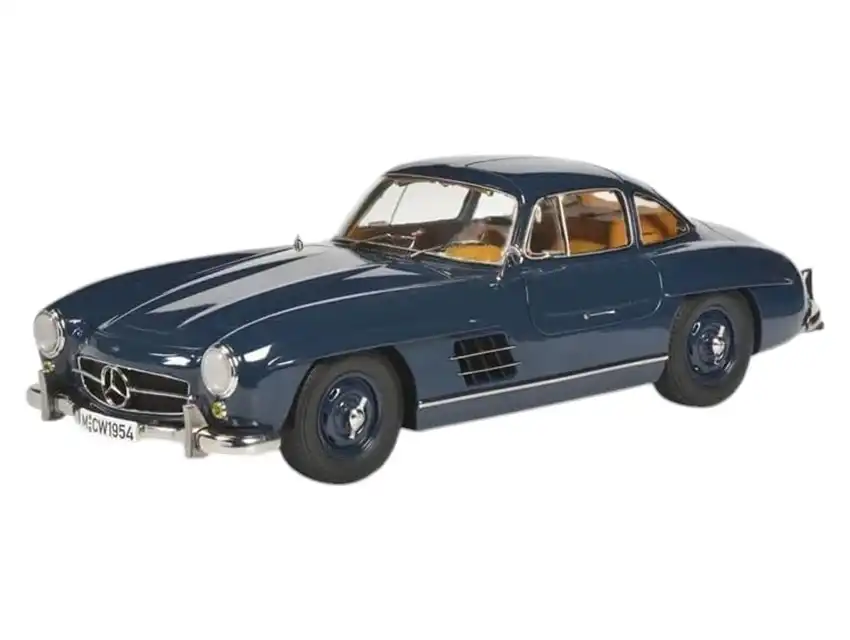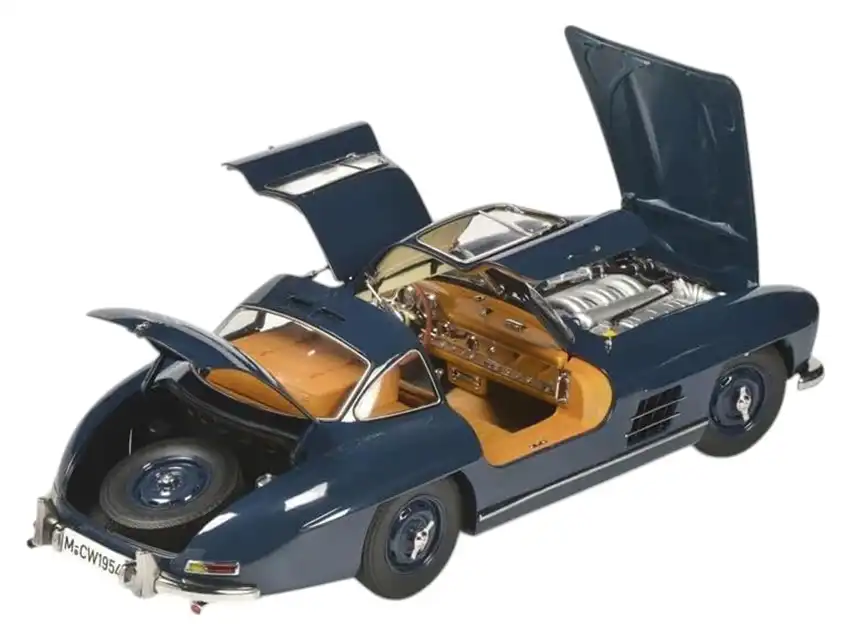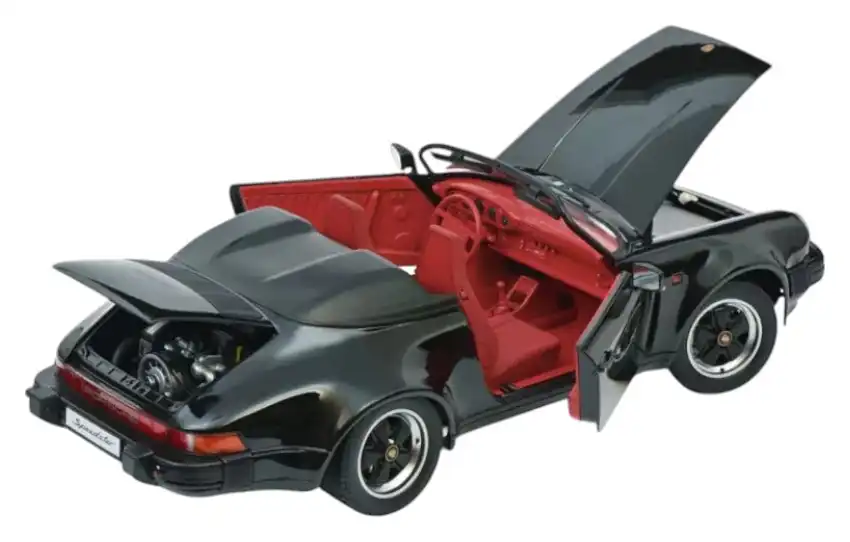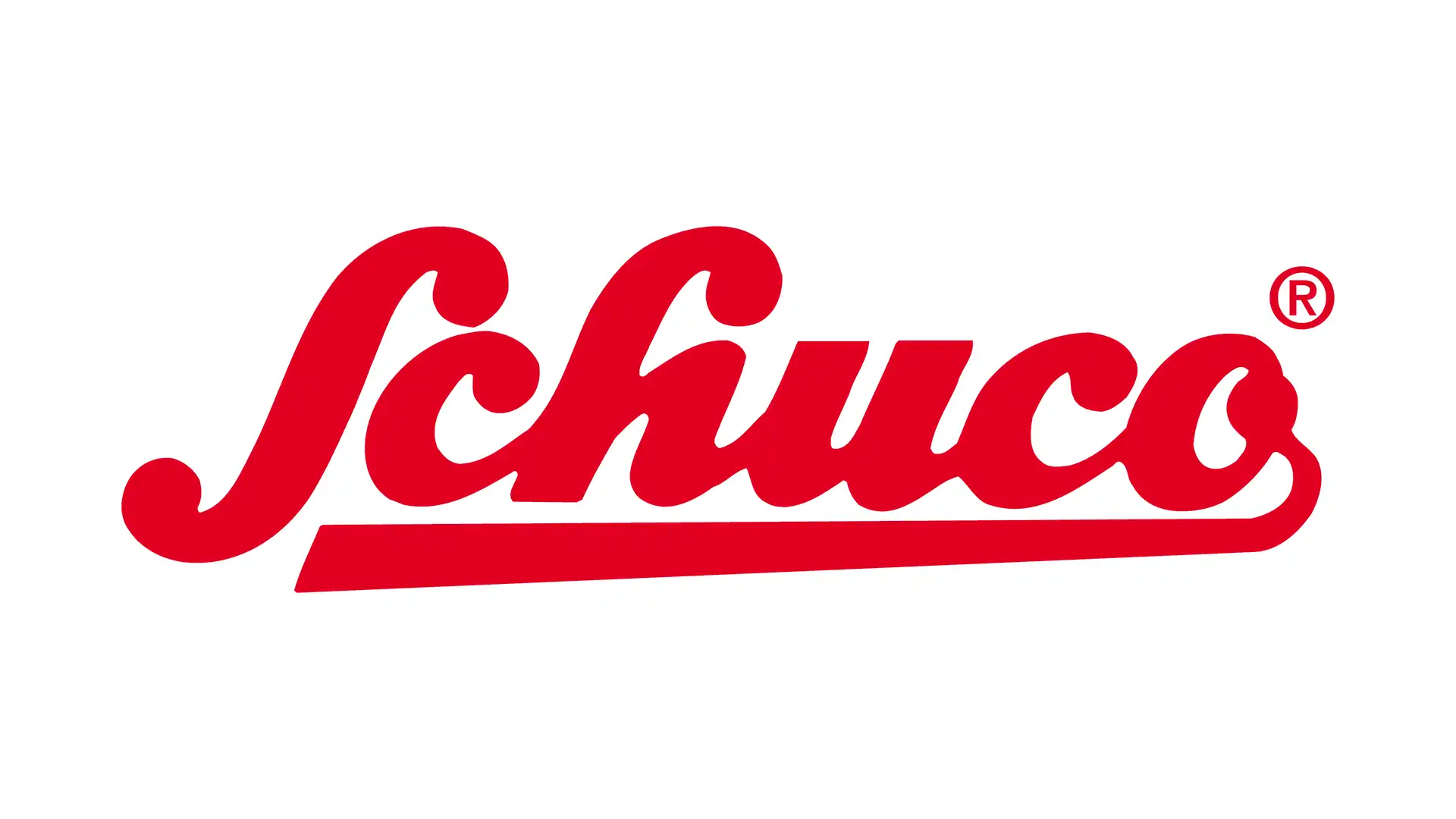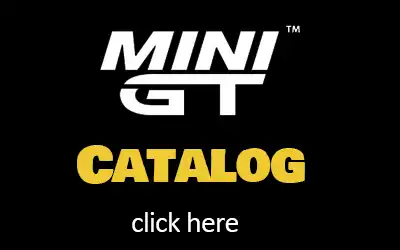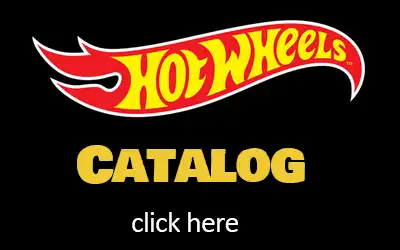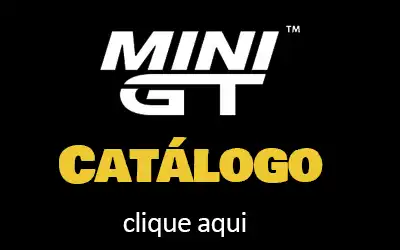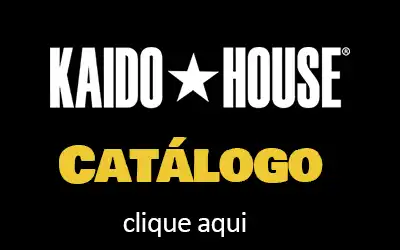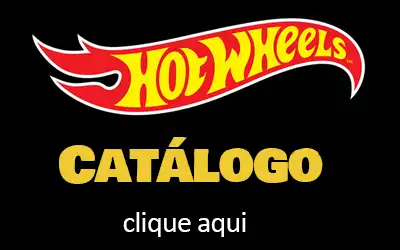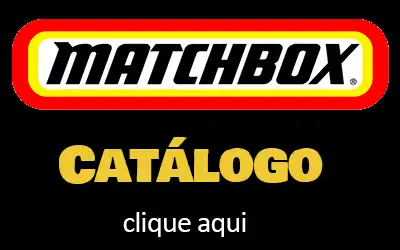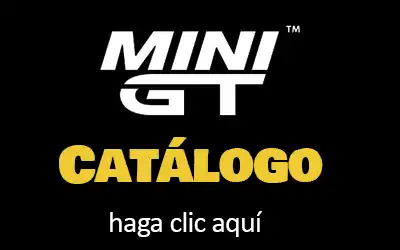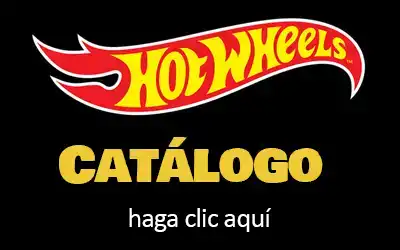The history of Schuco showcases a legacy of precision and innovation, making it a renowned producer of high-quality toys since 1912.
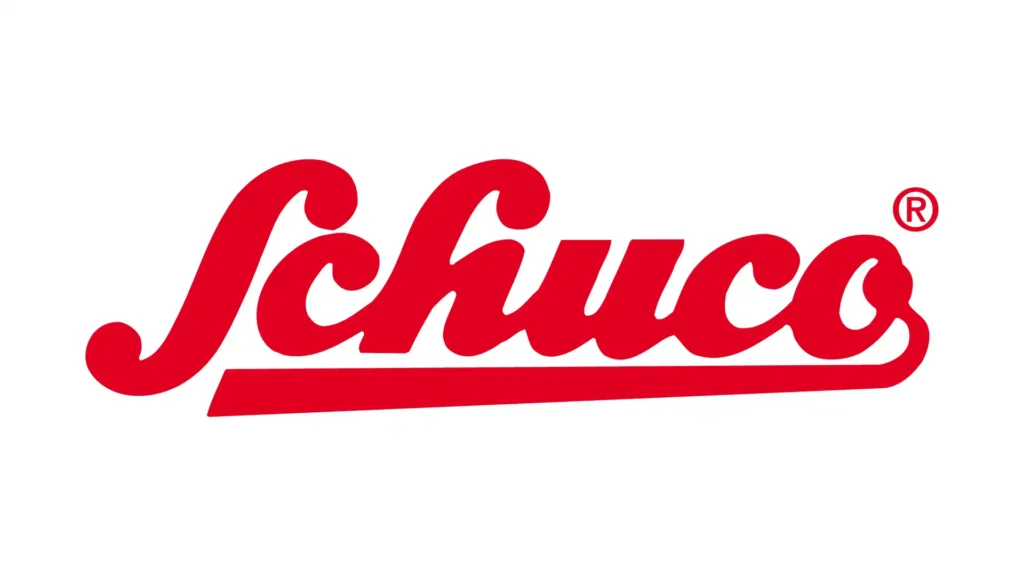
Schuco is a German brand founded in 1912 by Heinrich Müller and Heinrich Schreyer in Nuremberg, known for its toy replicas of cars and trucks made from tin, plastic, and diecast materials. After declaring bankruptcy in 1976, the company was reorganized in 1993 and became independent again in 1996 before being acquired by the Simba Dickie Group in 1999. Today, Schuco produces diecast scale model cars, aircraft, ships, and commercial vehicles.
Originally named Spielzeugfirma Schreyer & Co, the company became Schuco in 1921, likely from “Schreyer und Company.” It initially focused on unique clockwork tin toys, some of which could be wound by turning an arm instead of using a key.
In the 1920s, Schuco launched the popular Pick-Pick bird, producing over 20 million by the 1960s. Other favorites included a wind-up mouse, a dancing mouse, and a trotting dog in a cape. Before World War II, it also created whimsical wind-up figures and colorful soldiers known as “blacksmiths.”
The history of Schuco: innovation and technology
In 1935, Schuco introduced one of its first patent motor cars, beginning a legacy in toy vehicles that remains central to the company’s offerings. Schuco toys often featured unique qualities to attract collectors and children.
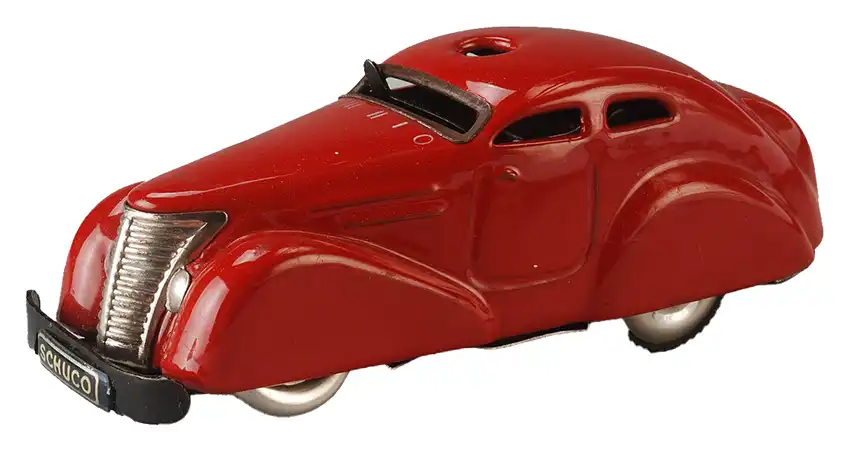
Voice activated car
The Schuco Kommando Anno 2000 was a wind-up car that, after being wound up, required you to blow or speak loudly through louvres on its roof to start or stop the car.
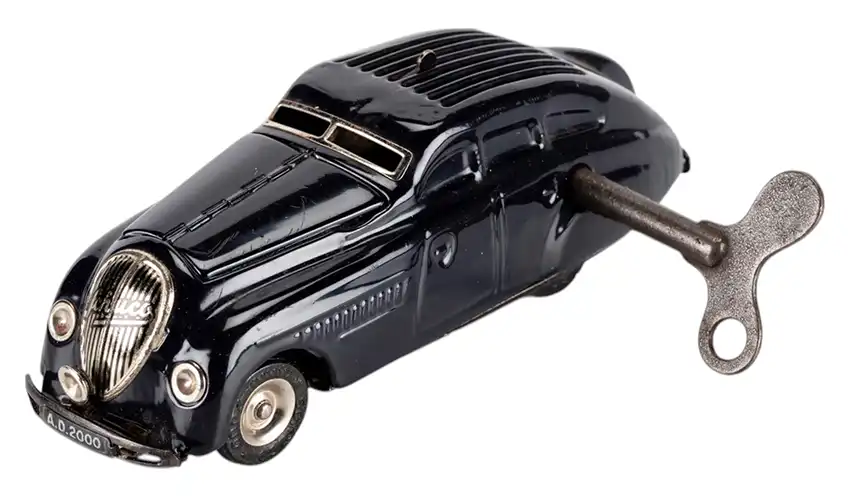
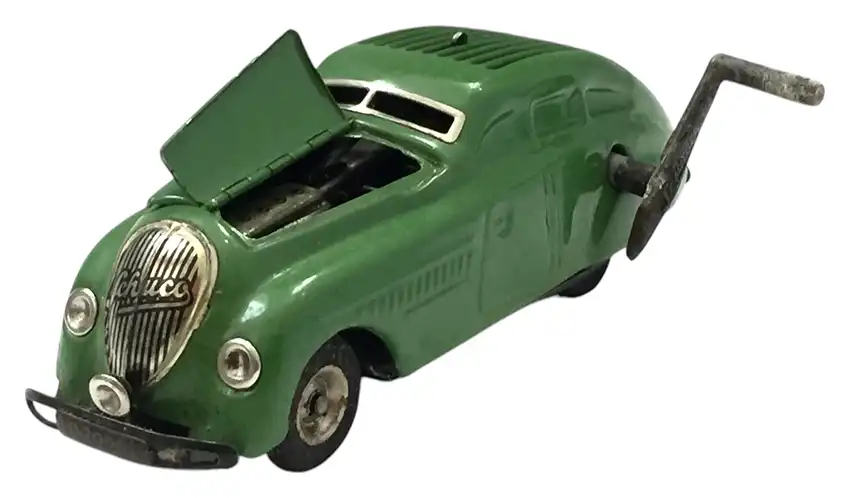
By 1938, Schuco started making tin cars powered by clockwork motors or through ‘telesteering’, which allowed steering via a wire-connected wheel. Their ‘Studio’ cars included features like a starting crank, removable wheels, and a miniature toolkit. This led to a tradition of naming models with an Italian-sounding “o,” resulting in names like Studio, Piccolo, and Varianto.
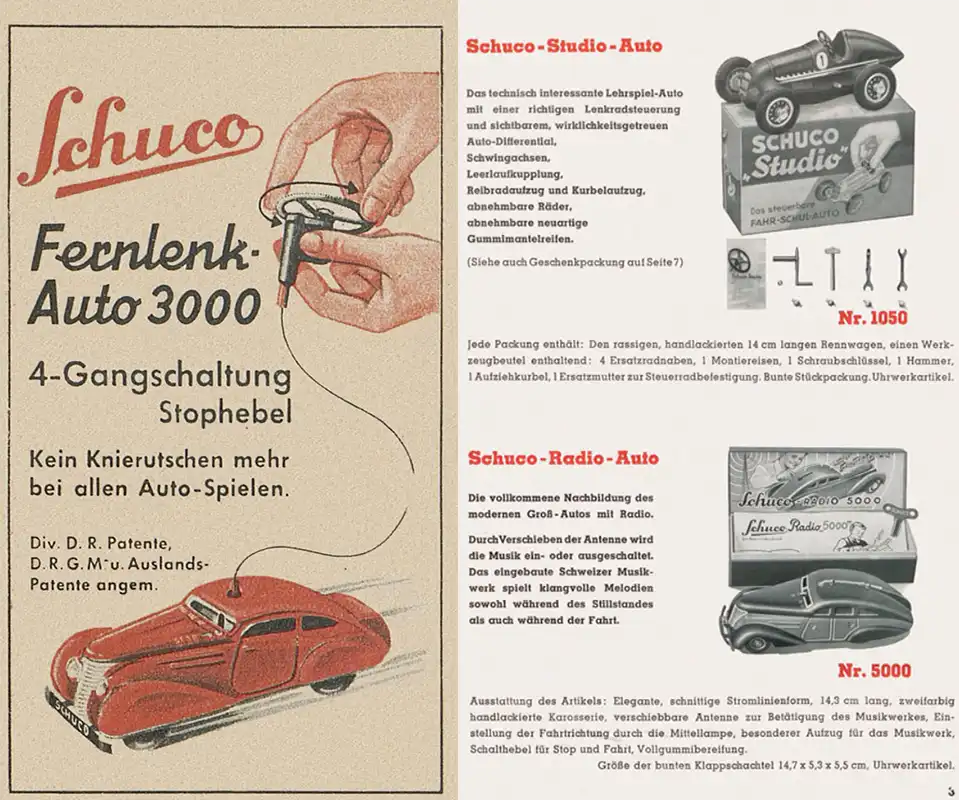
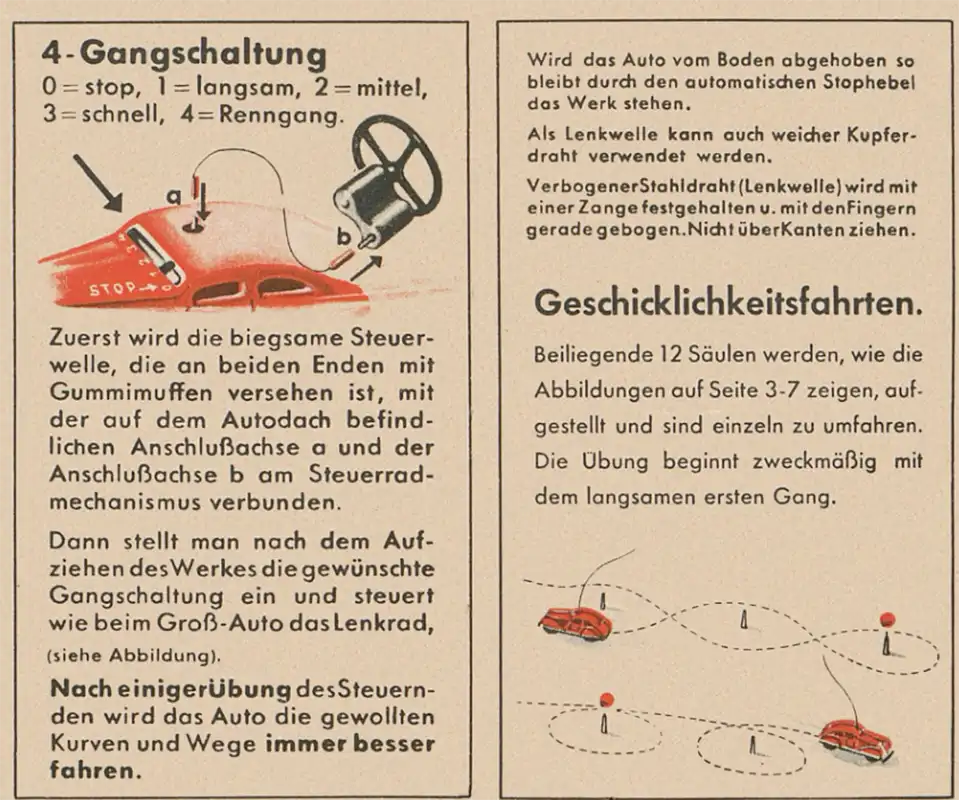
Toy production halted during World War II, but in the late 1940s, Schuco resumed assembling tin toys with a focus on European and international markets. These tin toys were larger, typically scaled at 1:24 to 1:18.

In the 1950s, the industry began shifting towards plastic, especially for larger toys, while diecast metal, introduced in Schuco’s Piccolo series in 1958, became popular by the early 1970s.
The history of Schuco: the diecast era
The Piccolo series marked Schuco’s significant entry into diecast toys. With a 1:90 scale, these solid metal cars are known for their accurate yet slightly cartoonish designs. Today, original and reproduced Piccolos are highly collectible, with over 100 variants, including various liveries for models like the VW transporter van.
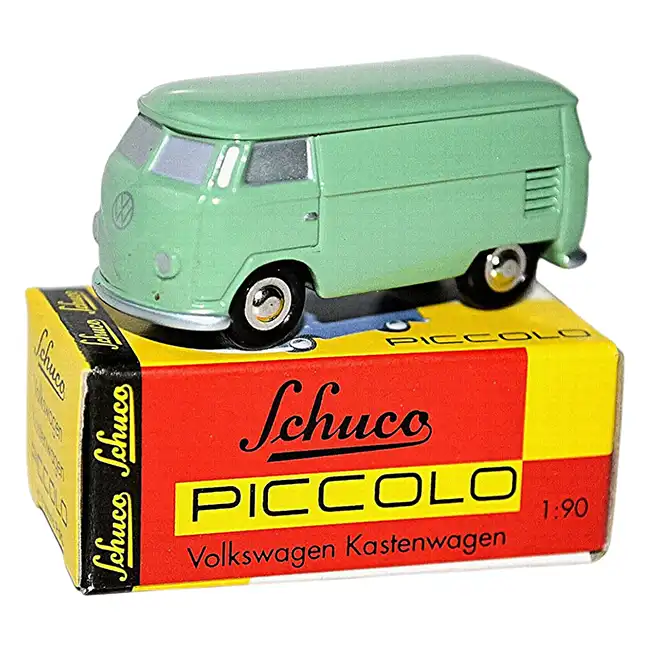
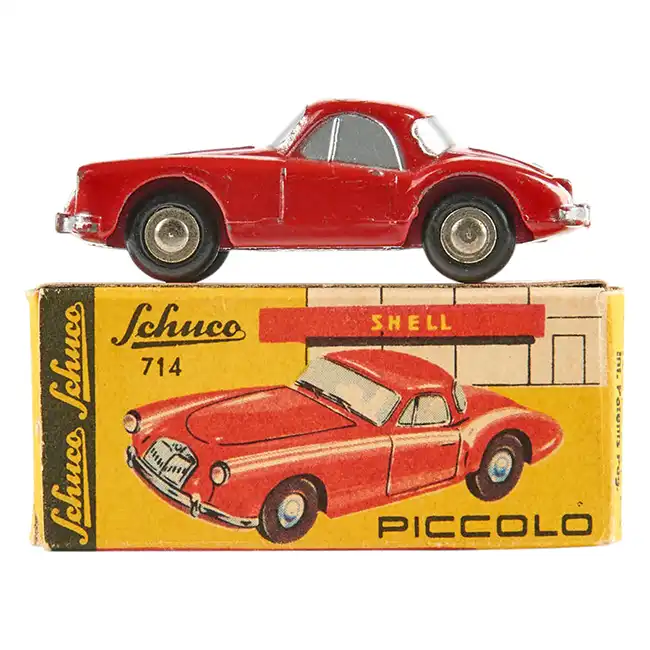
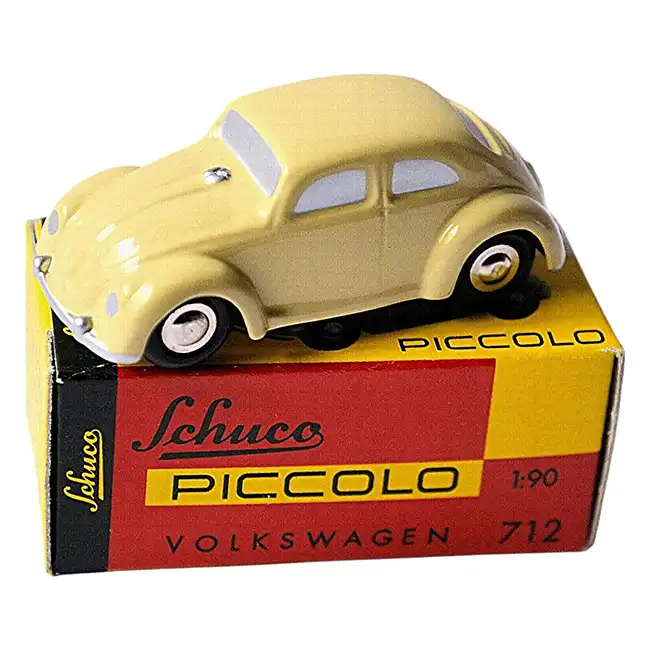
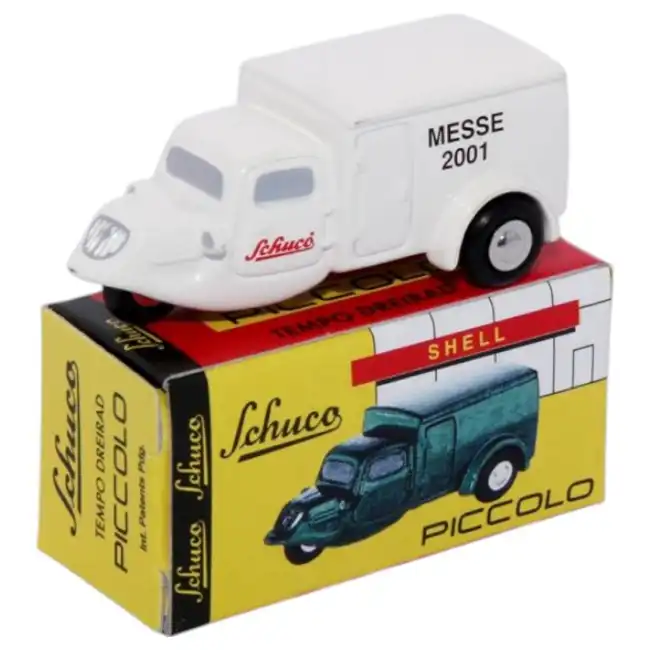
Post-war cars from the 1950s often resembled real vehicles but were usually generic until the Mercedes Elektro Phanomenal was introduced in 1955. By the mid-1960s, most toy cars featured specific brand names.
The Schuco Varianto wire-track system was launched in 1951 as an innovative traffic game with a unique wire track. It featured clockwork or battery-operated cars that ran on coiled wire tracks, which could be arranged in various designs. Owners could also link plastic pieces to create intersections and overpasses. Sold for fifteen years, the Varianto system became a popular and affordable alternative to electric train sets, limited only by the owner’s imagination.
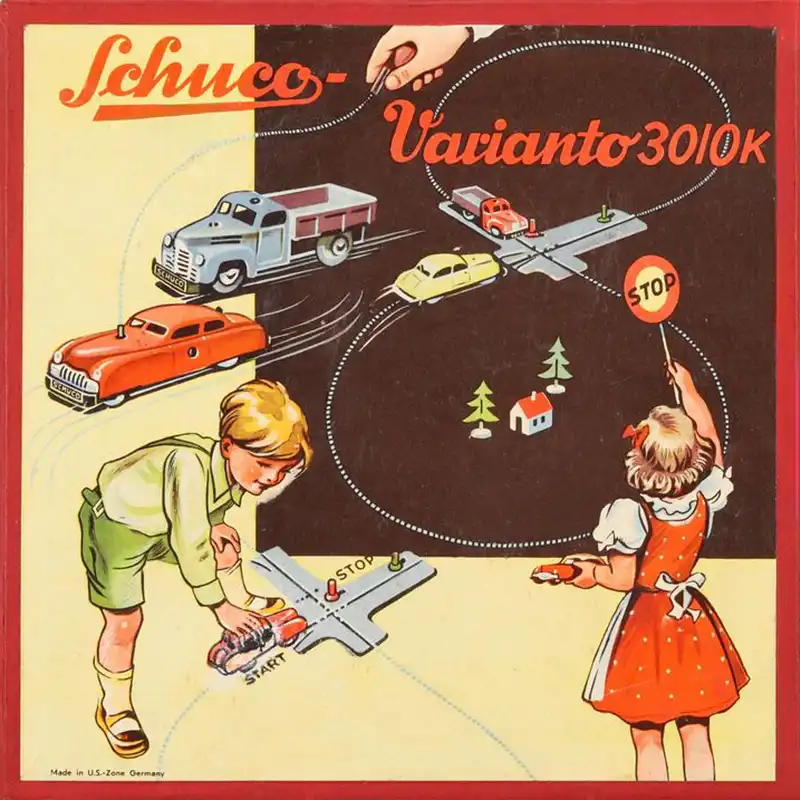
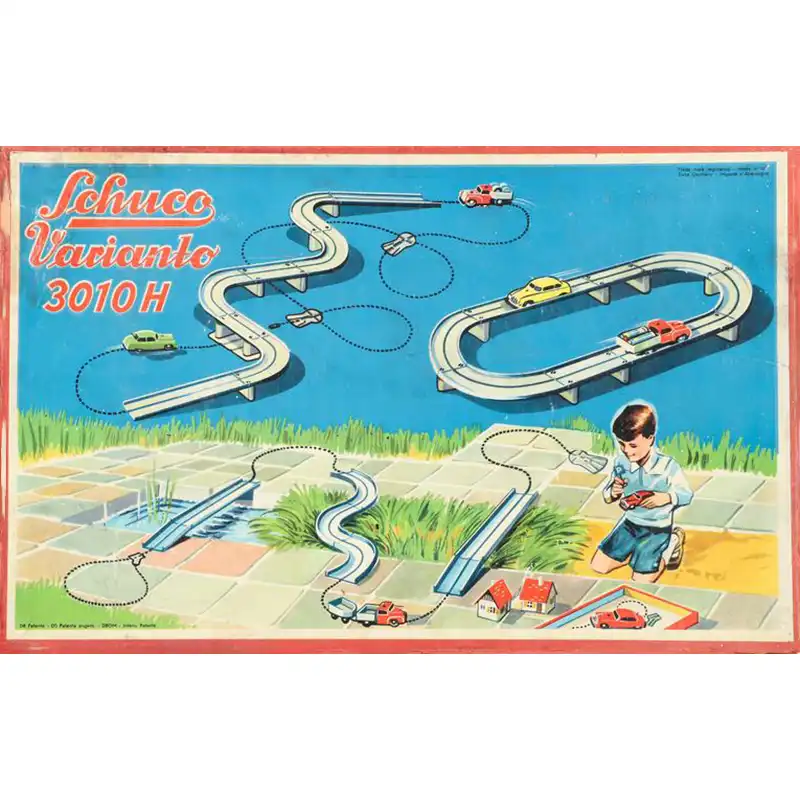
Another significant model released in the 1950s, The Schuco Elektro Ingenico 5311, featured the same ‘telesteering’ from the Studio series, but with battery operated cars.
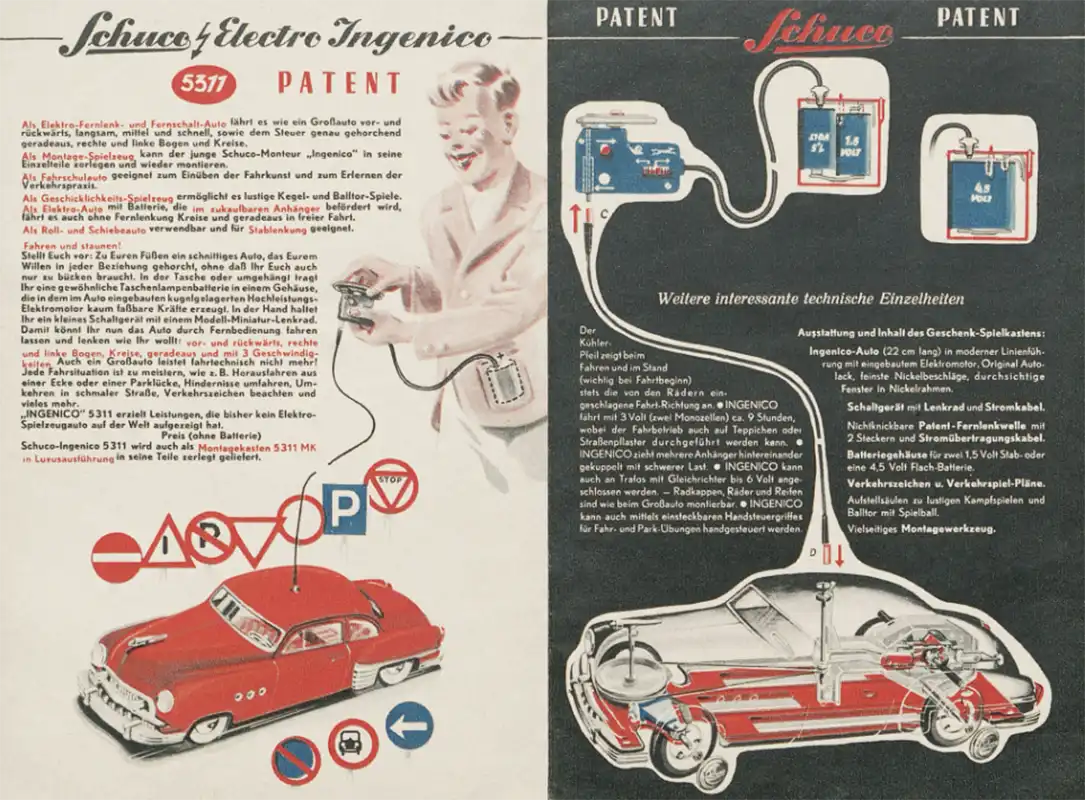

The 1:45 scale Micro Racer cars featured a wind-up key for movement and could also be pushed without damaging the mechanism. Their precisely adjustable steering earned them the “micro” designation. The ‘Old Timers’ series had clockwork motors, and when wound, cars would vibrate and roll in the direction determined by the steering wheel. Notable models included the Ford Model T and Mercedes Simplex.
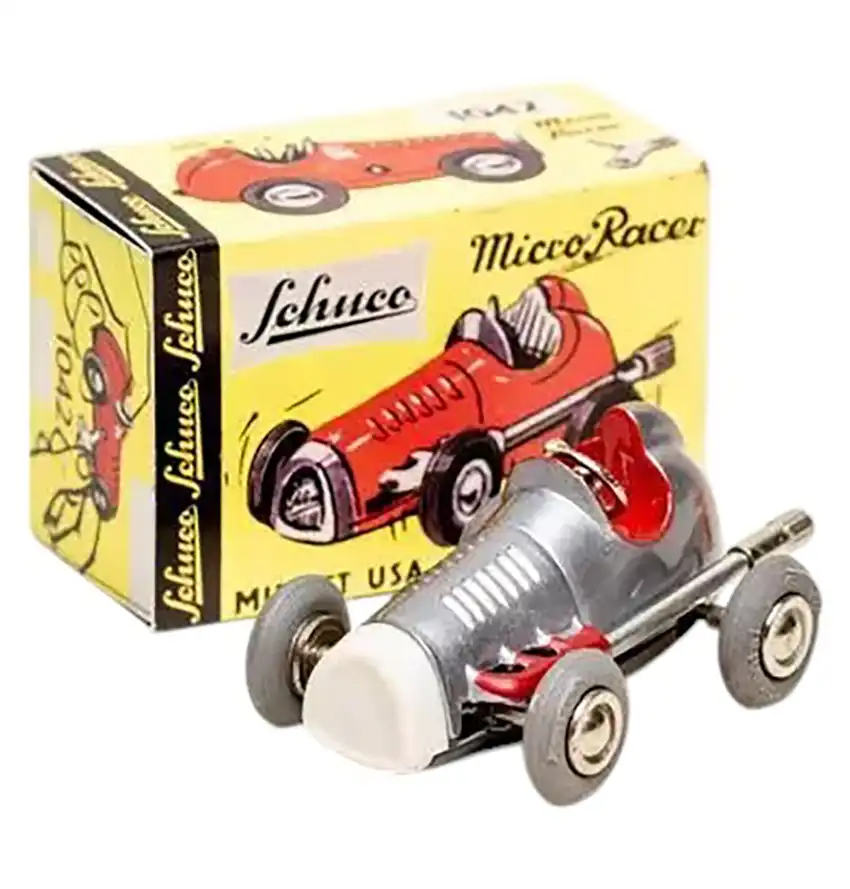
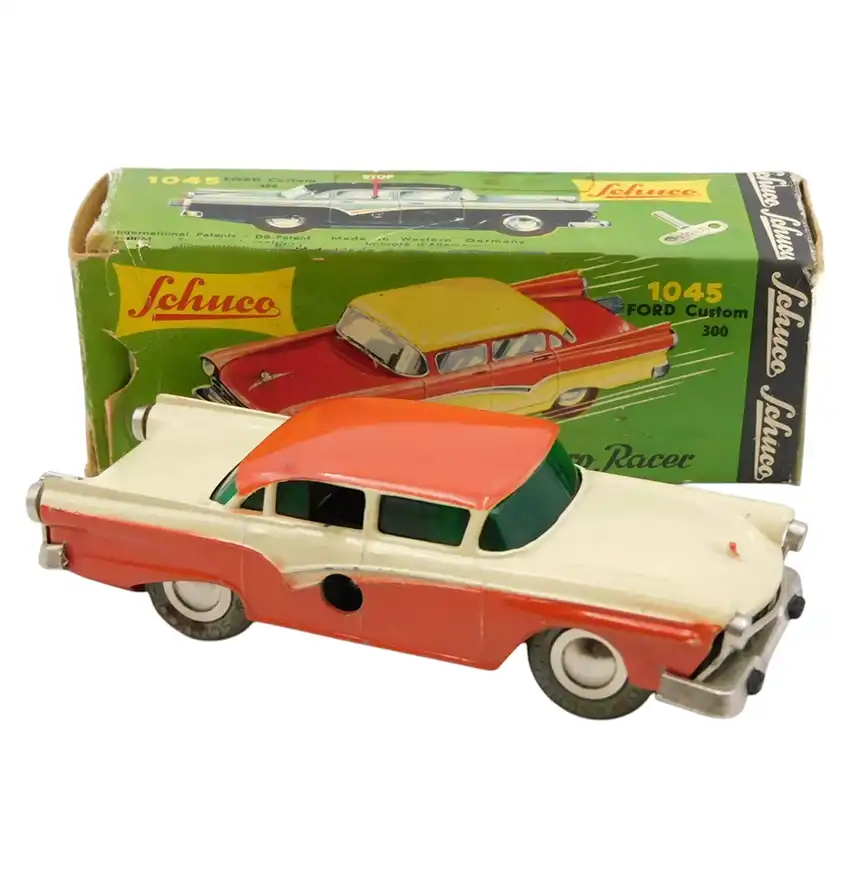
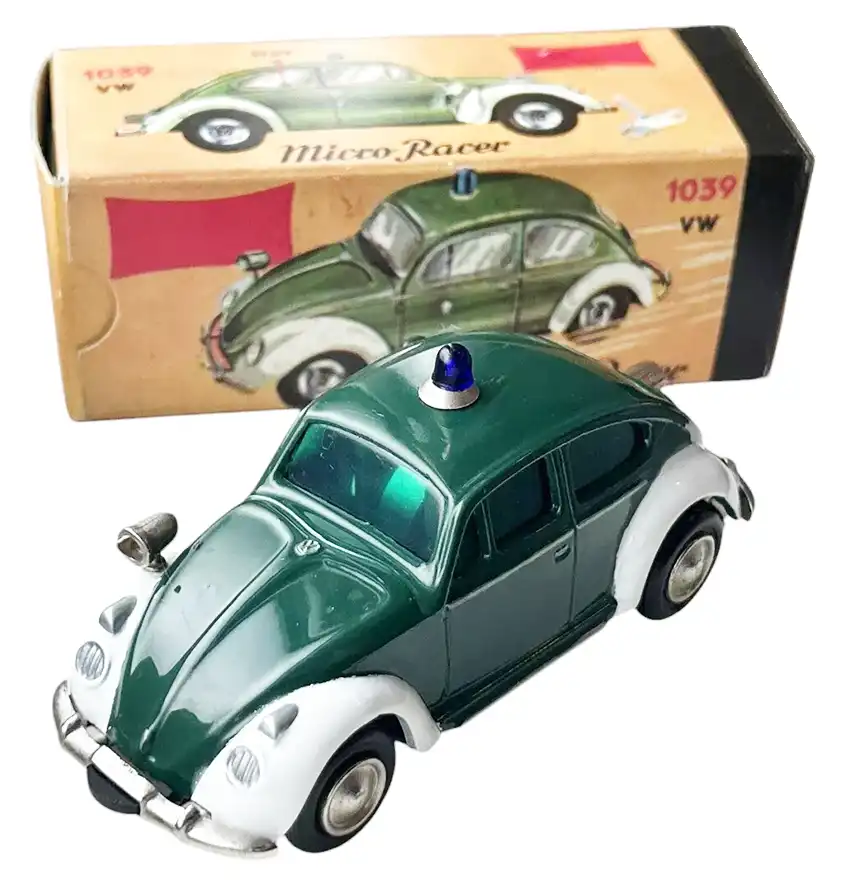
In the 1970s, larger models focused on German vehicles, such as the 1:12 scale BMW 3.0 CSL Coupe, which had functional lamps and steering. The 1:16 scale Porsche 911 featured an electric horn and interchangeable rally tires.
Models in 1:43 scale, known as the 1000 series, were introduced in 1960, followed by the 600 series in 1971 and 1972, and the 1:66 Matchbox-sized 300 series. The smaller cars were called “Super Schnell” (Super Fast), which resembles terminology used by Matchbox.
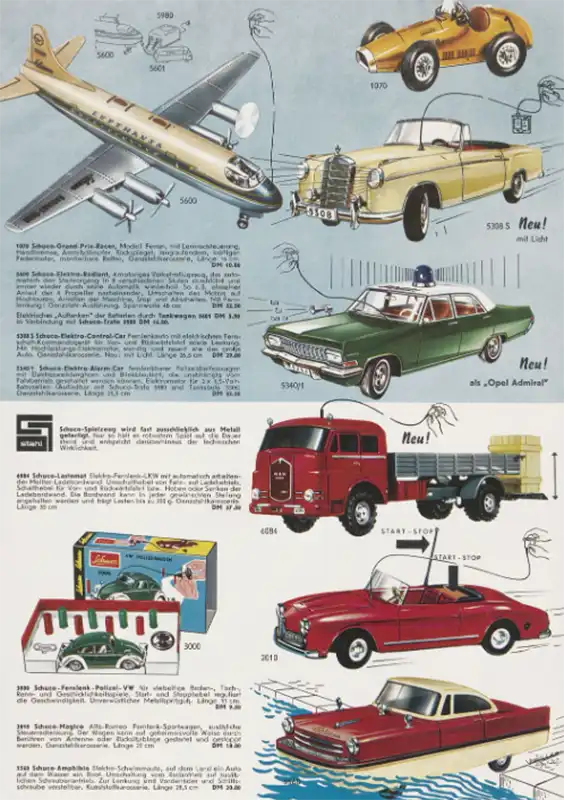
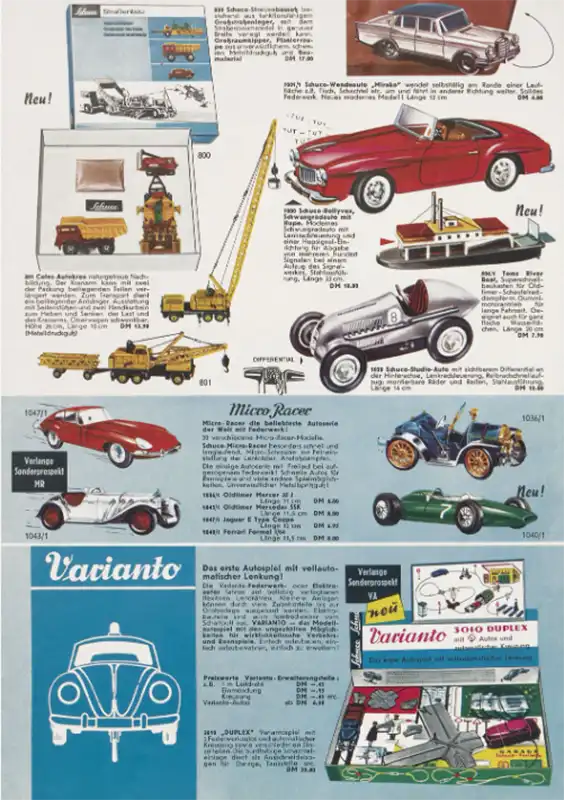
Schuco’s 1:43 scale models in the 1970s were renowned for their exceptional detail and accurate proportions of real cars. Most models featured opening parts, and the paint application was more refined than that of British brands like Corgi and Dinky, focusing primarily on German manufacturers like Volkswagen, Porsche, Audi, Mercedes-Benz, and BMW. Schuco also produced detailed Formula 1 and Formula 2 models equipped with clockwork motors with key winding.
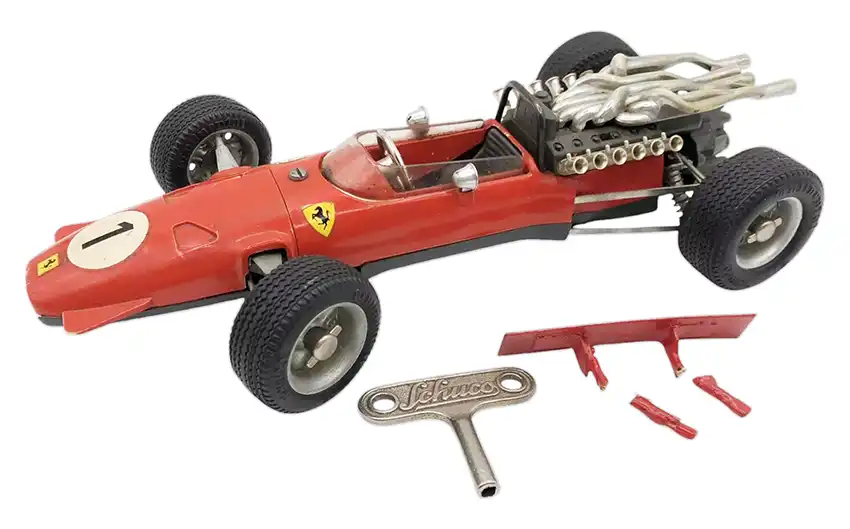
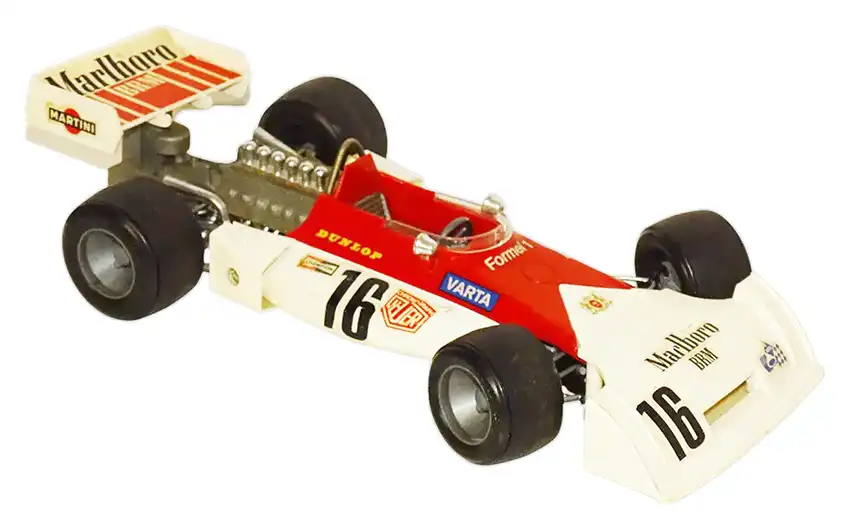
The accuracy of Schuco’s models rivaled that of Solido and Politoys M series, while surpassing many Gama and Conrad models. However, despite their high quality, the company faced financial challenges.
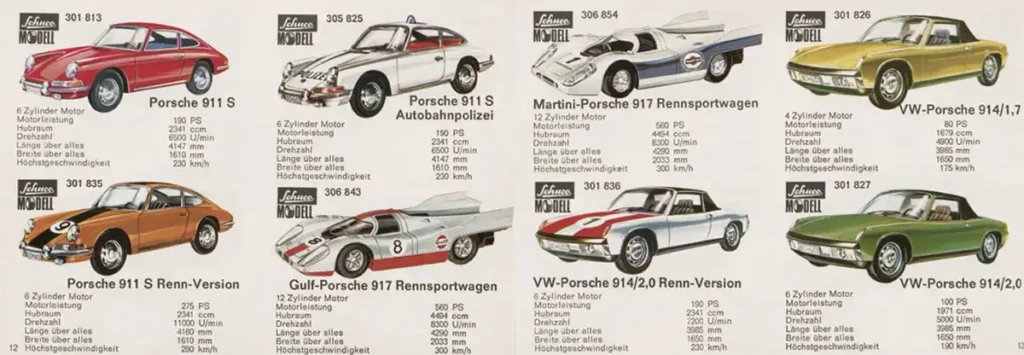
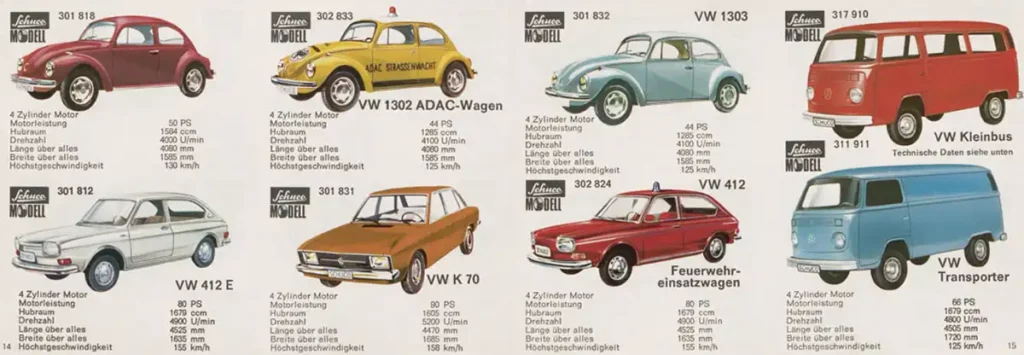
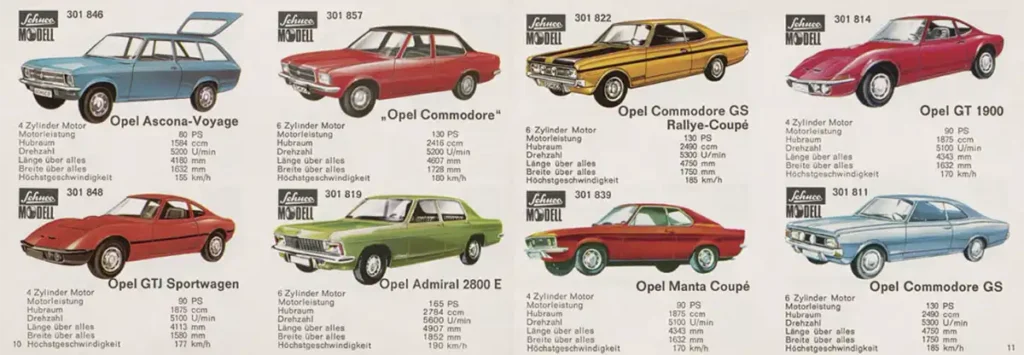

Schuco was well-known for several popular and high-quality toy lines, including the Kommando Car, Magico Series, Radio Series, and Piccolo Series. However, the company went bankrupt in 1976. After a series of acquisitions and further bankruptcies—including Dunbee-Combex-Marx in 1980 and Gama Toys in the mid-1980s—Schuco’s rights were eventually revived. Consequently, the history of Schuco did not come to an end there.
In the 1980s, Schuco toys were marketed in the U.S. by the Lilliput Motor Company, and various companies around the world produced Schuco models, some with “Made in Russia” labels. The MIR Toy factory in Bulgaria reproduced 16 different Schuco vehicles through the 1990s.
By 1996, Schuco regained independence and started producing a wide variety of collectible models, many of which were new designs or replicas of earlier lines. In 1999, it was acquired by the Simba Dickie Group, with models labeled as “Dickie Schuco.”
The history of Schuco shows us how the company has adapted throughout the years, always offering quality toys and models to children and collectors.
Today, Schuco offers a range of detailed models mainly focused on street vehicles. The company became part of Minimax Import & Export Co. Ltd. in 2023, integrating the Schuco brand into a group that includes other renowned manufacturers.
Modern diecast miniatures
Scale 1/64

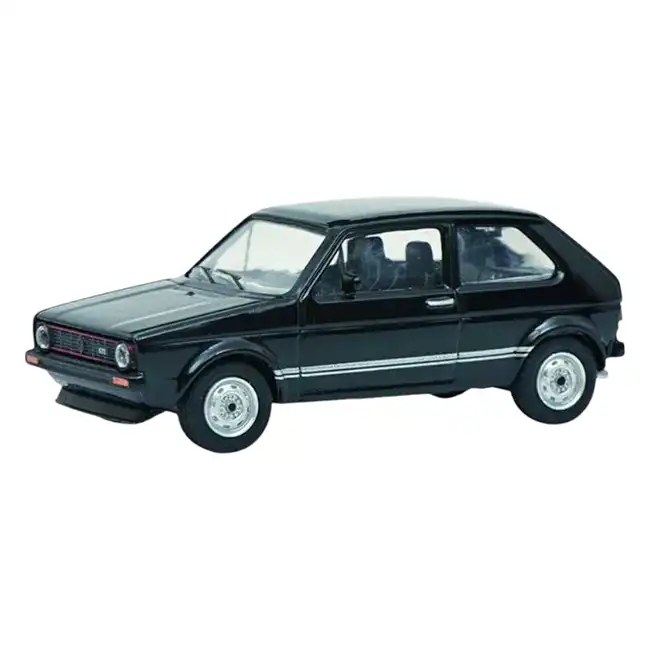
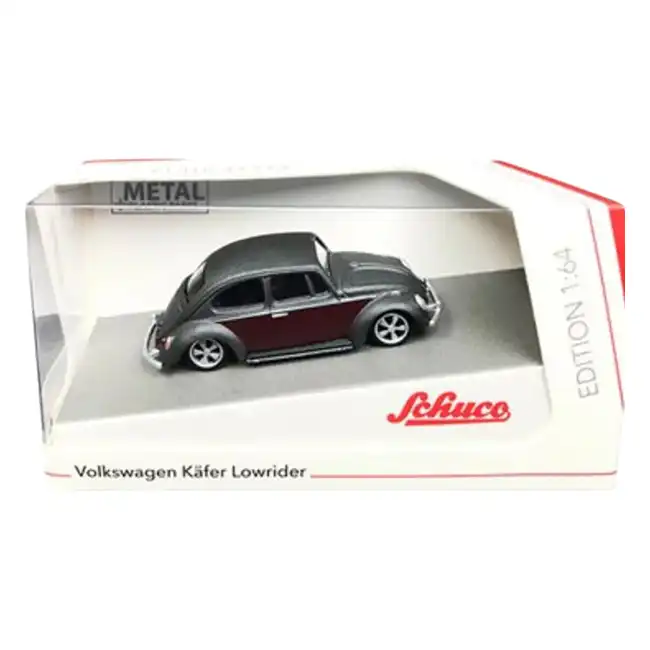
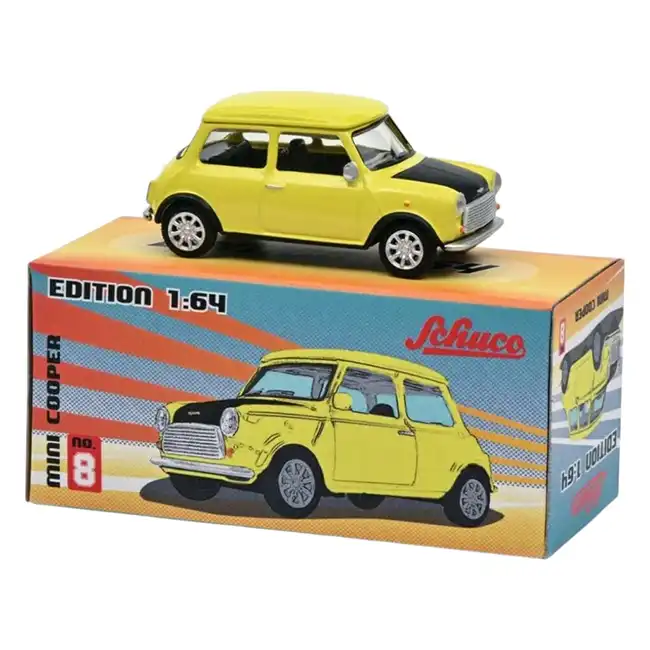
Scale 1/43
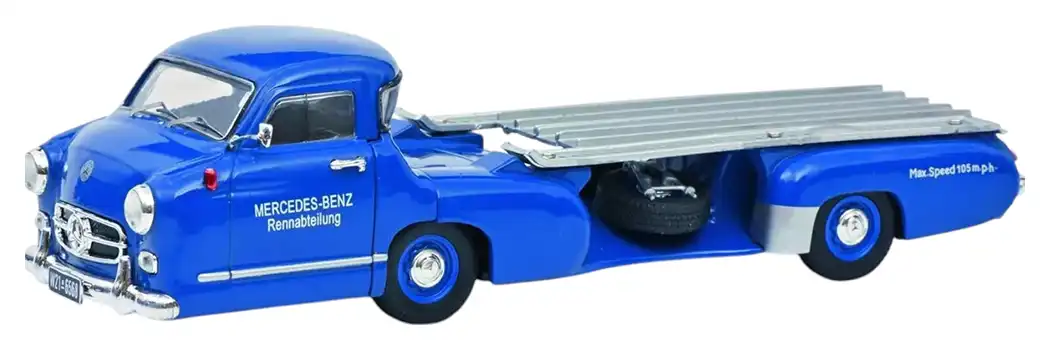
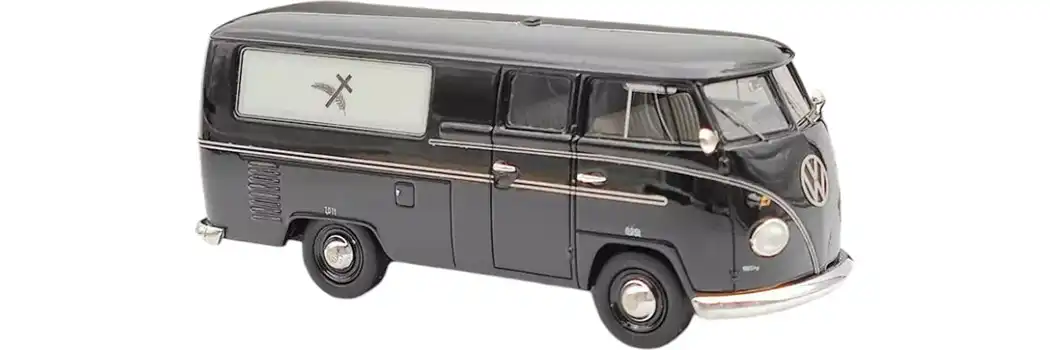
Scale 1/12

